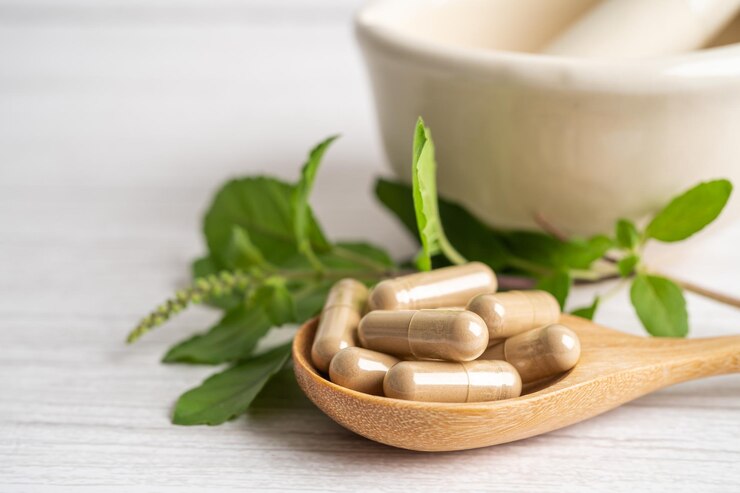In health and fitness, nutrition is vital to achieving optimal well-being. With increasing numbers of individuals striving to lead healthier lives, the spotlight has turned to alternative protein sources, particularly Plant protein supplements. These supplements offer many benefits, and one notable product in this category deserves attention for its potential advantages.
Contents
Multifaceted Benefits
In the realm of nutrition, plant-based diets have gained remarkable popularity. As a result, plant-based protein supplements have risen to prominence to fulfill the protein needs of those pursuing vegetarian or vegan lifestyles. Unlike traditional sources, such as meat and dairy, plant proteins offer multifaceted benefits beyond protein content.
A Comprehensive Approach to Nutrition
The product in question exemplifies the ideals of the plant-based movement by providing a holistic perspective on nutrition. This supplement is created from various plant sources and offers a well-rounded amino acid profile, crucial for the body’s vital growth and repair processes. Amino acids, the building blocks, are pivotal in promoting muscle development, bolstering the immune system, and maintaining overall health.
Supporting Muscle Growth and Recovery
Regular physical activity necessitates an adequate protein intake, particularly to aid in muscle recovery and growth. The supplement under consideration excels in this realm, providing a blend of plant-based proteins that are easily digestible and rich in essential branched-chain amino acids (BCAAs). These BCAAs, including leucine, isoleucine, and valine, are critical in reducing muscle fatigue, improving endurance, and expediting post-workout recovery.
Holistic Wellness and Digestive Health
The benefits of this supplement extend beyond its protein content. Often enriched with dietary fibres, it supports a healthier gut environment. A balanced gut microbiome facilitates efficient digestion and influences immune responses and metabolic functions. By incorporating this supplement into one’s routine, individuals may experience enhanced digestion, improved nutrient absorption, and heightened well-being.
Eco-Friendly Considerations
Plant protein supplements offer more than individual health advantages; they often have a lower environmental impact than conventional animal-based protein sources. By opting for products like the one being discussed, consumers indirectly contribute to sustainable agricultural practices, reducing their ecological footprint and promoting a healthier planet.
Diverse Plant Sources
A notable feature of the product is its incorporation of a diverse range of plant sources. This blend often includes proteins from peas, rice, quinoa, and other plant-based ingredients. This unique amalgamation ensures a comprehensive amino acid profile while catering to individuals with varying dietary preferences or restrictions. Such inclusivity renders the product versatile, accommodating various nutritional needs.
Tailored Nutrition
Every individual’s nutritional needs are distinct, and influenced by age, activity level, and fitness objectives. The product acknowledges this diversity by offering customizable serving sizes. This feature empowers users to tailor their protein intake to their specific requirements, preventing excessive consumption while ensuring optimal protein support.
Convenience and Flavour
An integral aspect of any nutritional supplement is its taste and convenience. The product excels in this aspect, often available in various delectable flavors. This ensures a pleasant consumption experience and encourages adherence to a consistent nutritional regimen. The ease of incorporating the product into shakes, smoothies, or recipes further solidifies its role as a seamless addition to one’s daily routine.
Unlocking Potential Through Plant Protein
As the pursuit of enhanced well-being and vitality continues, plant protein supplements emerge as invaluable tools. The product discussed here encapsulates the essence of this movement, offering a comprehensive approach to nutrition that transcends mere protein content. With its focus on muscle support, digestive health, sustainability, and adaptable nutrition, this product stands as a testament to the evolving landscape of health and wellness.
Incorporating this supplement into your lifestyle could unlock your full potential, aiding you in achieving your fitness aspirations while aligning with your values of health and sustainability. As society increasingly embraces plant-based nutrition, the harmony between holistic well-being and plant protein supplements paves the way for a brighter, healthier future.
Read Also:






















